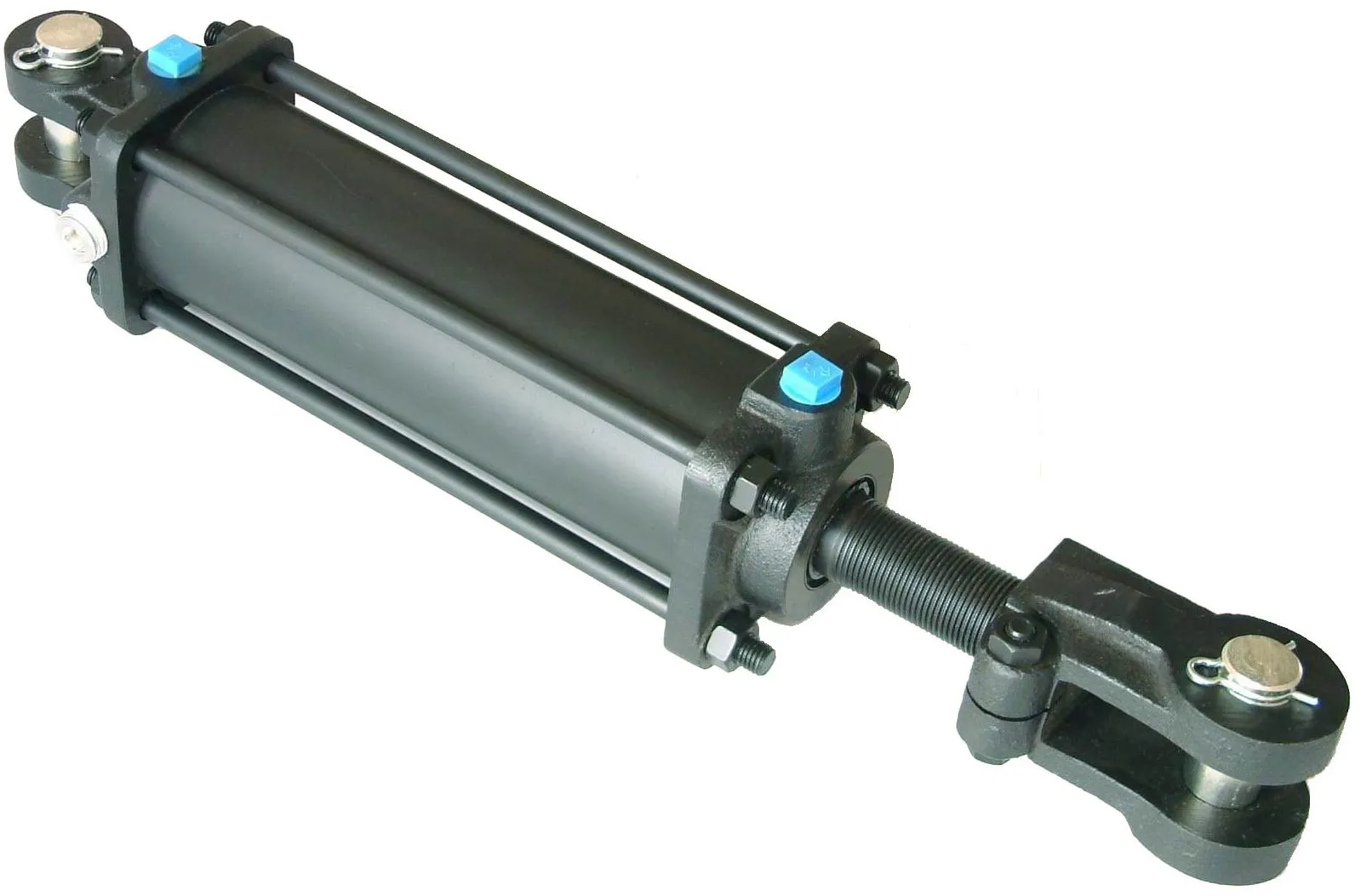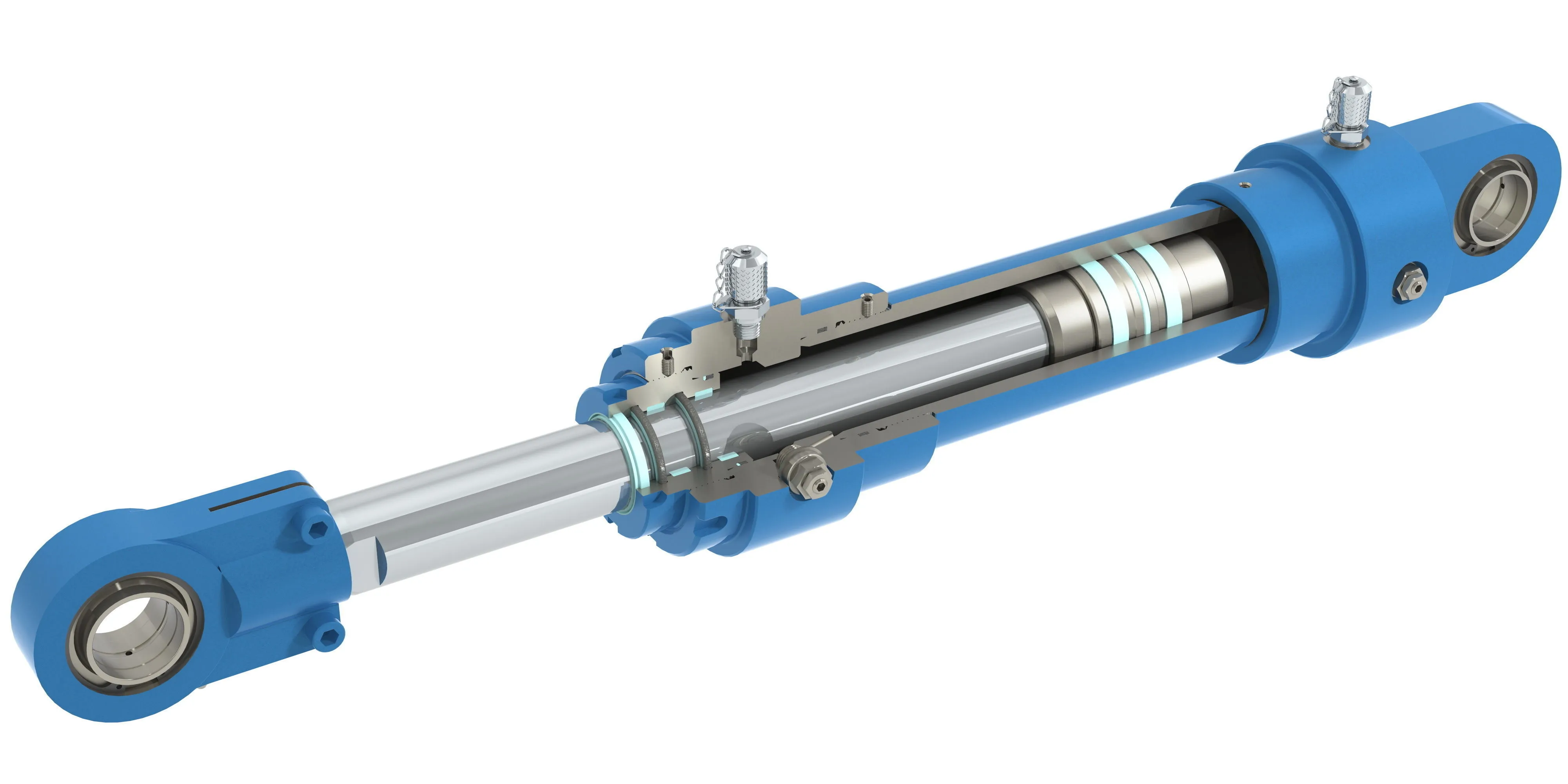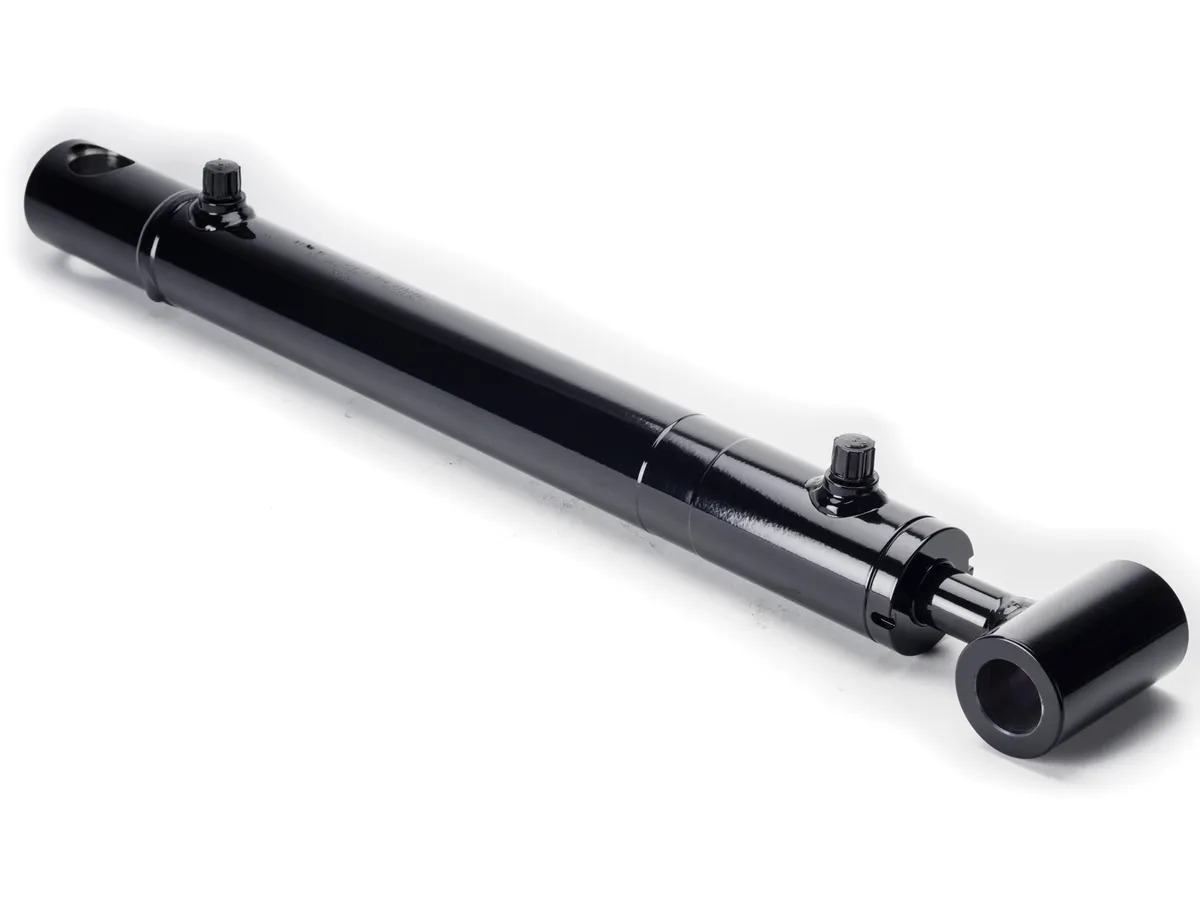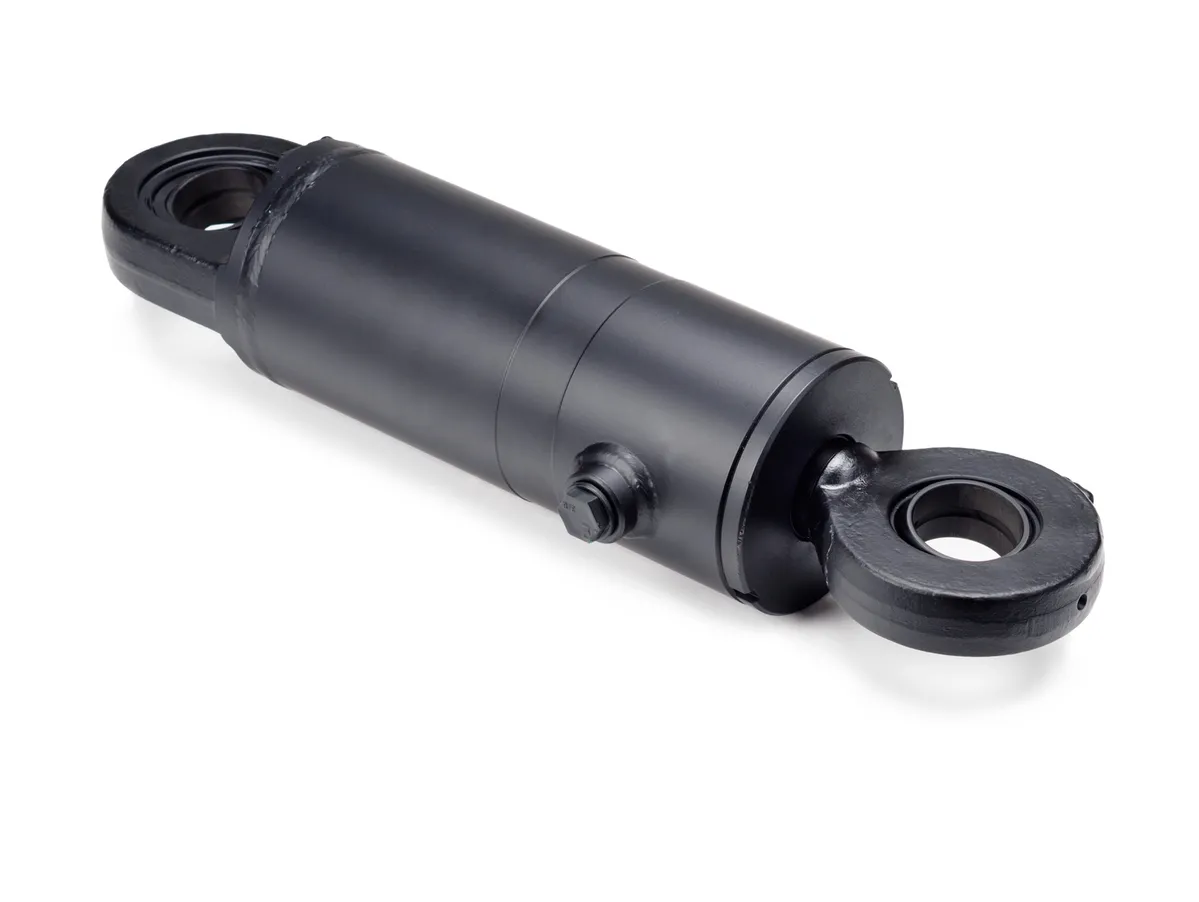Mill-Type Welded Hydraulic Cylinder: Product Innovation And Design
Introduction
In the realm of hydraulic systems, the mill-type welded hydraulic cylinder plays a crucial role in ensuring efficient and reliable operation. These cylinders are specifically designed for heavy-duty applications that require high load capacities and long strokes. Let’s delve into the intricacies of mill-type welded hydraulic cylinders, from their design characteristics to their working principles, applications, advantages, and maintenance considerations.

Design Characteristics
When it comes to the design of mill-type welded hydraulic cylinders, meticulous attention is paid to every component to ensure optimal performance and durability. The cylinder consists of a robust shell, an inner cylinder, a piston, and other key elements that are meticulously welded together. The manufacturing process emphasizes the use of advanced welding technologies to guarantee strength and longevity.
Welding Technology
The welding technology used in manufacturing mill-type welded hydraulic cylinders is critical to their performance. By employing high-quality welding techniques, the components of the cylinder are fused seamlessly, ensuring structural integrity and resistance to heavy loads and harsh operating conditions.
Working Principle
The working principle of mill-type welded hydraulic cylinders revolves around the conversion of hydraulic energy into mechanical force. As hydraulic fluid is pressurized, it exerts force on the piston, causing linear motion. This motion is harnessed to perform various tasks in hydraulic systems, such as lifting heavy loads or moving machinery.
Types and Configurations
Mill-type welded hydraulic cylinders come in three distinct types and configurations, each tailored to specific applications. These variations include single-acting cylinders, double-acting cylinders, and telescopic cylinders. Each type offers unique advantages in terms of functionality and adaptability.
Advantages
- High Load Capacity: Mill-type welded hydraulic cylinders can handle heavy loads with ease, making them ideal for demanding applications.
- Long Stroke: These cylinders provide extended stroke lengths, allowing for versatile operation in various settings.
- Rugged Durability: With robust construction and high-quality materials, mill-type welded hydraulic cylinders exhibit exceptional durability in challenging environments.
Performance Characteristics

Mill-type welded hydraulic cylinders are characterized by their typical working pressures and pressure ranges, which determine their load capacities and responsiveness. Factors such as cylinder size, configuration, and operating conditions influence their performance in hydraulic systems.
Applications
- Heavy Equipment: Mill-type welded hydraulic cylinders are widely used in heavy machinery, such as excavators and cranes, to facilitate lifting and moving operations.
- Industrial Machinery: These cylinders play a vital role in various industrial applications, including presses, shears, and metal forming equipment.
Design Considerations
When selecting and designing mill-type welded hydraulic cylinders, factors such as load-bearing capacity, sealing efficiency, durability, safety, and ease of maintenance must be carefully considered. These aspects determine the performance and longevity of the cylinders in diverse applications.
Sealing and Lubrication
Proper sealing and lubrication are essential for the reliable operation of mill-type welded hydraulic cylinders. Utilizing high-quality seals and lubricants, along with regular maintenance practices, ensures optimal performance and extends the service life of the cylinders.
Maintenance Measures

Regular inspection and preventive maintenance are vital to preserving the functionality of mill-type welded hydraulic cylinders. By adhering to recommended maintenance procedures, such as seal replacement, lubrication, and calibration checks, potential issues can be identified and addressed proactively.
Installation Guide
Correct installation of mill-type welded hydraulic cylinders is paramount to their performance and longevity. Following manufacturer guidelines and best practices for installation ensures that the cylinders function optimally and safely in hydraulic systems.
Fault Diagnosis
Understanding common issues and diagnosing faults in mill-type welded hydraulic cylinders is essential for efficient troubleshooting. By identifying potential problems early on and implementing effective solutions, downtime and maintenance costs can be minimized.
FAQs
What are the advantages of mill-type welded hydraulic cylinders?

Mill-type welded hydraulic cylinders offer high load capacity, long stroke length, and exceptional durability, making them ideal for heavy-duty applications.
What are the main components of a mill-type welded hydraulic cylinder?
The main components of a mill-type welded hydraulic cylinder include a shell, inner cylinder, piston, seals, and hydraulic fluid.
How do mill-type welded hydraulic cylinders differ from other types?
Mill-type welded hydraulic cylinders are distinguished by their robust welded construction, high load capacity, and suitability for heavy-duty applications compared to other cylinder types.
Long Tail Keywords
- High-Performance Mill-Type Welded Hydraulic Cylinder
- Durable Welded Hydraulic Cylinder Design
- Customized Mill-Type Hydraulic Cylinders
Company Overview
Our company specializes in the production and distribution of hydraulic cylinder replacements, offering a comprehensive product line tailored to meet diverse customer needs. With a focus on professionalism, international certifications, customized services, advanced production equipment, and dedicated after-sales support, we have emerged as a leading provider in the hydraulic cylinder industry.
Author: lyl
